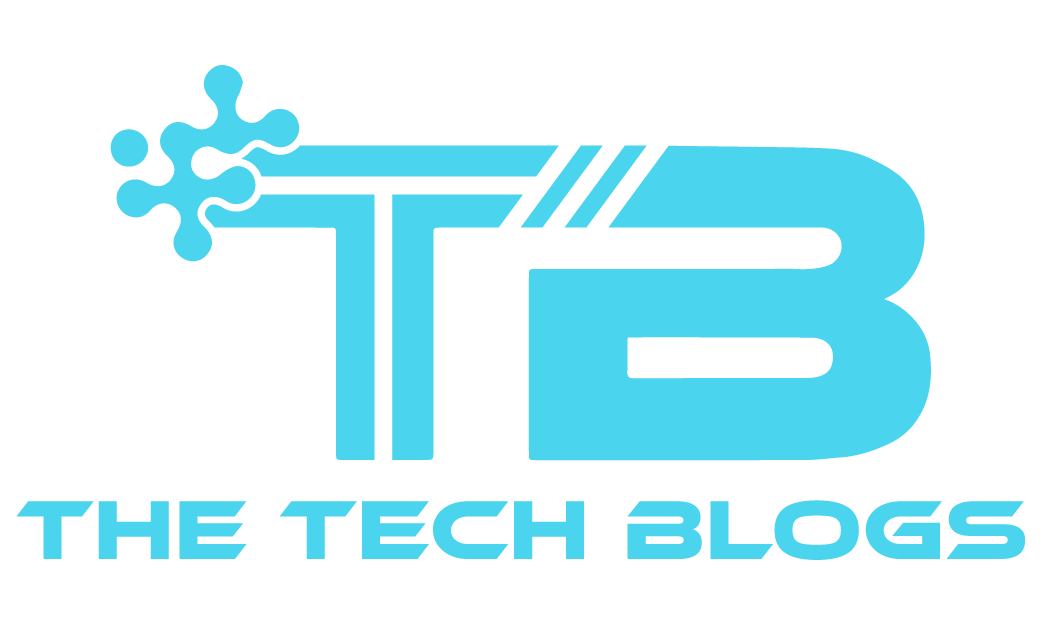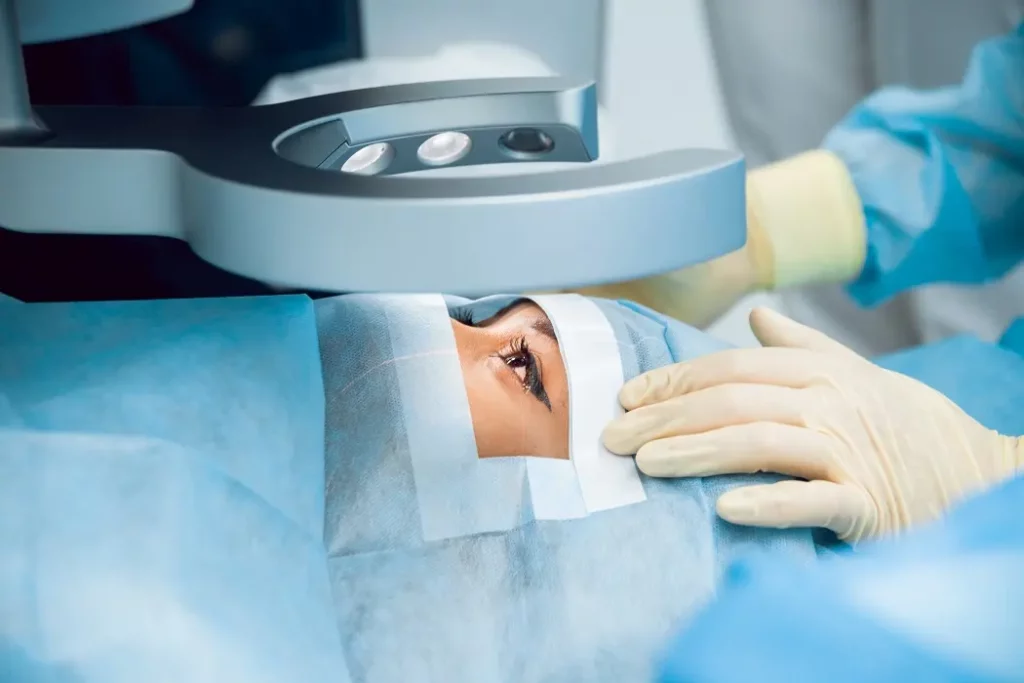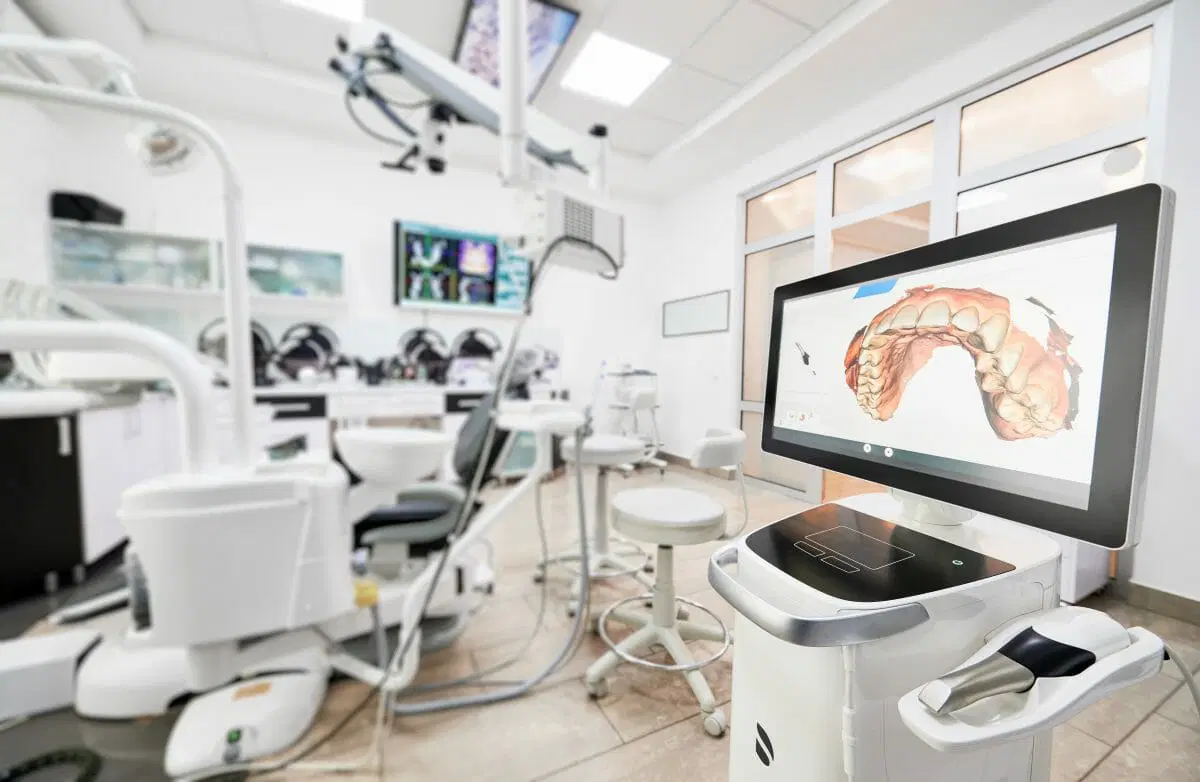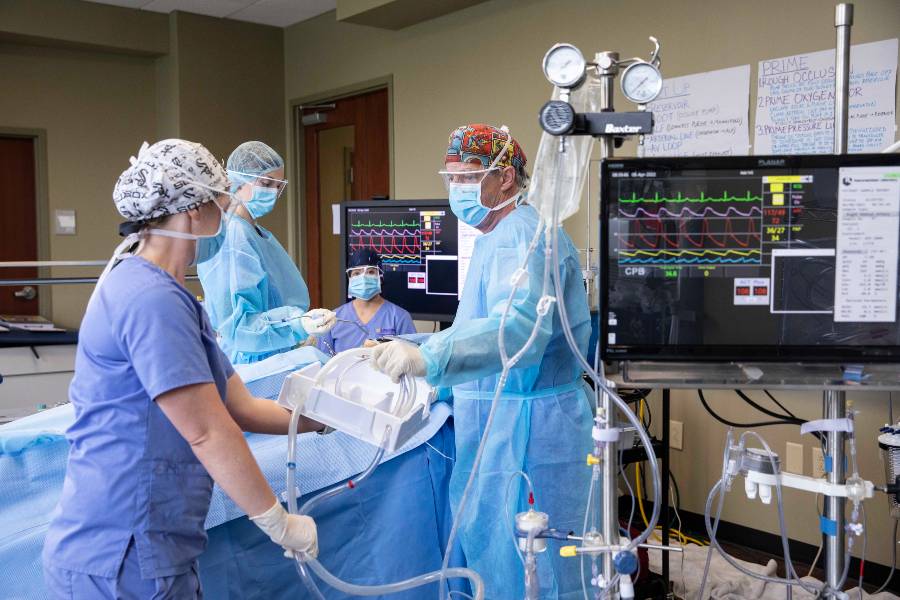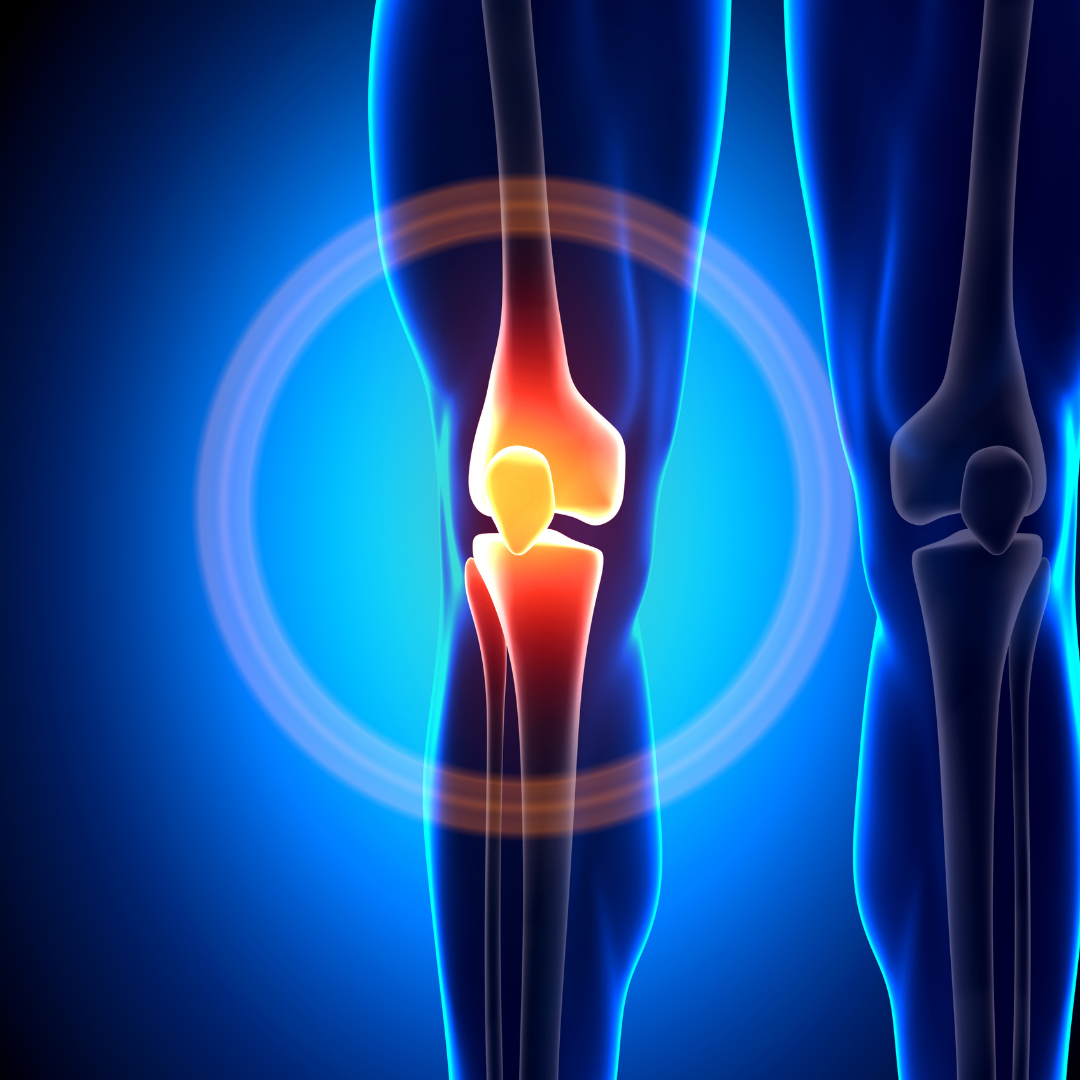Welcome to the future of vision care. In a world that is becoming increasingly reliant on digital screens and fast-paced lifestyles, the significance of good vision cannot be overstated. Whether you’ve dealt with vision problems your entire life or are beginning to notice some changes, the latest eye correction technology offers solutions that were unimaginable just a few years ago. With revolutionary methods and devices, vision correction is now safer, more effective, and more accessible than ever.
Latest Eye Correction Technology
What it Means for You
Imagine waking up in the morning and seeing the world in crisp detail without reaching for your glasses or inserting contact lenses. That’s no longer a pipe dream; it’s a reality for many, thanks to the latest eye correction technology. With the rise of advanced surgical methods and smart eyewear, individuals are experiencing an unprecedented level of visual freedom.
Historical Progression
The realm of eye correction has come a long way since the days of traditional spectacles and rudimentary eye exams. Modern technology allows for minimally invasive procedures with rapid recovery times, as well as non-surgical alternatives that fit seamlessly into your lifestyle.
Advances in Laser Surgery
Beyond LASIK
LASIK has been the gold standard for laser eye surgery for years, but new developments have brought about alternatives that cater to a broader range of vision issues. These new procedures offer quicker recovery times and reduced post-operative discomfort, making them an appealing option for many.
ReLEx SMILE
Short for Small Incision Lenticule Extraction, ReLEx SMILE is a groundbreaking method that makes use of a femtosecond laser to correct vision issues like myopia and astigmatism. The benefits include a smaller incision, leading to quicker recovery and less dry eye after surgery.
Smart Contact Lenses
Daily Functionality
Smart contact lenses are set to transform our daily lives. These aren’t your typical lenses—think of them as mini-computers that sit directly on your eye, equipped with sensors that can monitor your health metrics.
Augmented Reality Features
Imagine a pair of contact lenses that can overlay digital information directly into your field of vision. These lenses could provide real-time navigation, translate foreign languages instantly, and even enable virtual gaming experiences.
Intracorneal Inlays
The KAMRA Inlay
The KAMRA inlay is a microscopically thin, opaque disc implanted into the cornea to correct presbyopia. This revolutionary device allows for sharp near vision while maintaining good distance vision, negating the need for reading glasses.
Presbyopic Solutions
Presbyopia is an age-related issue that affects nearly everyone eventually. Intracorneal inlays offer a less invasive solution than traditional surgery, and the results are reversible if necessary.
Advanced Lens Replacement
IOLs (Intraocular Lenses)
Intraocular lenses, or IOLs, are an effective alternative to LASIK for people over 40. These lenses are surgically implanted into the eye, replacing the eye’s natural lens.
The Crystalens
The Crystalens is a type of IOL that can change shape, allowing the eye to focus on objects at varying distances. This eliminates the need for multiple pairs of glasses and offers a comprehensive solution for vision correction.
Orthokeratology
Overnight Vision Correction
Orthokeratology, often referred to as Ortho-K, involves wearing specially designed lenses overnight. These lenses reshape your cornea while you sleep, offering clear vision throughout the day without the need for corrective lenses.
How it Works
The Ortho-K lenses are made from a highly oxygen-permeable material, allowing your eyes to “breathe” as you sleep. The lenses act as a mold for your cornea, correcting refractive errors and giving you 20/20 vision when you wake up.
AI and Machine Learning in Eye Correction
Diagnostic Tools
AI technology is making strides in diagnosing vision issues with unparalleled accuracy. Machine learning algorithms can now analyze eye scans and detect abnormalities faster and more reliably than human experts.
Surgical Precision
AI isn’t just for diagnosis; it also plays a role in the actual surgical procedure. Some clinics now use machine learning algorithms to control the laser used in eye surgeries, resulting in more precise and safer outcomes.
Telemedicine in Vision Care
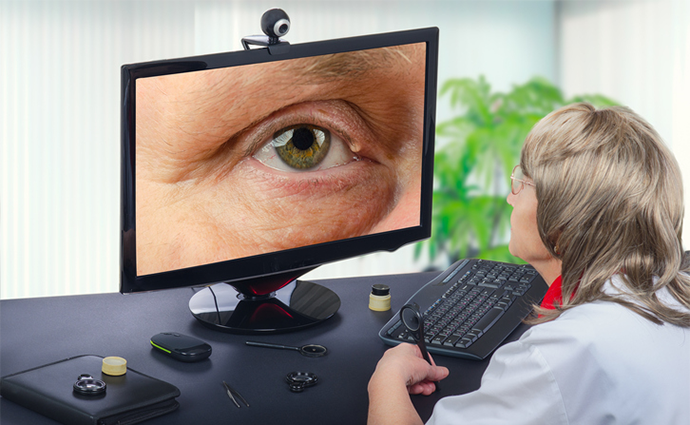
Online Assessments
Telemedicine is making it easier than ever to consult with healthcare providers. Online platforms now offer comprehensive eye tests that you can take from the comfort of your home, ensuring that your prescription is always up-to-date.
Virtual Eye Tests
The advancements in telemedicine also extend to eye tests. Virtual tests allow for quick and accurate assessments, which are especially useful for those who cannot easily access an eye clinic.
Cost and Accessibility
Insurance Coverage
The financial aspect of eye correction technology is an important consideration. Fortunately, many insurance providers now cover a portion of the costs associated with advanced eye surgeries and treatments.
Global Reach
While advanced eye correction technologies are more readily available in developed countries, efforts are being made to extend these services to underserved regions. Organizations and companies are partnering to bring affordable eye care to people worldwide.
Safety Measures
Pre-Op Preparations
Safety is a major concern when it comes to surgical procedures. Pre-operative measures, including comprehensive eye exams and health screenings, are essential for a successful outcome.
Post-Op Care
After undergoing any surgical procedure, proper post-operative care is crucial. This includes regular check-ups and a regimented medication schedule to prevent infection and ensure optimal results.
The Environmental Impact
Eco-Friendly Options
As consumers become more eco-conscious, the eyecare industry is responding with greener solutions. Recyclable contact lenses and bio-degradable cleaning solutions are just a few of the steps being taken.
Disposables
Disposable lenses may be convenient, but they also contribute to environmental waste. New materials and recycling programs aim to reduce the ecological footprint of these products.
The Ethical Considerations
Animal Testing
As with any medical advancement, ethical concerns such as animal testing arise. Some companies are pioneering in vitro testing methods to minimize or eliminate the need for animal testing.
Medical Tourism
Medical tourism in the realm of eye correction raises ethical and safety concerns. While it may be cheaper to undergo surgery in another country, the standards of care and expertise can vary.
Frequently Asked Questions
Q: What are the risks associated with laser eye surgery?
A: Risks of laser eye surgery include dry eyes, glare, and rare complications like infection, optimized for search as “Risks and complications of laser eye surgery.”
Q: How long does it take to recover from a procedure like ReLEx SMILE?
A: Recovery from ReLEx SMILE typically takes a few days to a week, keyword-optimized as “ReLEx SMILE recovery time.”
Q: Are smart contact lenses safe for extended use?
A: Smart contact lenses are generally safe but require proper care and regular eye check-ups, optimized for search as “Safety measures for smart contact lenses.”
Q: What are the alternative options if I don’t want surgery?
A: Non-surgical alternatives include Orthokeratology, specialized contact lenses, and prescription glasses, optimized as “Non-surgical eye correction alternatives.”
Q: How do I know if I’m a candidate for something like Orthokeratology?
A: Eligibility for Orthokeratology depends on factors like age, eye health, and prescription, keyword-optimized as “Orthokeratology candidate criteria.”
Q: Can I trust online eye tests?
A: Online eye tests can offer convenience but should be confirmed with in-person exams, optimized for search as “Reliability of online eye tests.”
Conclusion
The realm of eye correction technology has witnessed remarkable advancements, from minimally invasive surgical procedures to wearable technology that fits seamlessly into our daily lives. As we look forward to even more innovations, one thing is clear: the future of eye care is brighter than ever.
